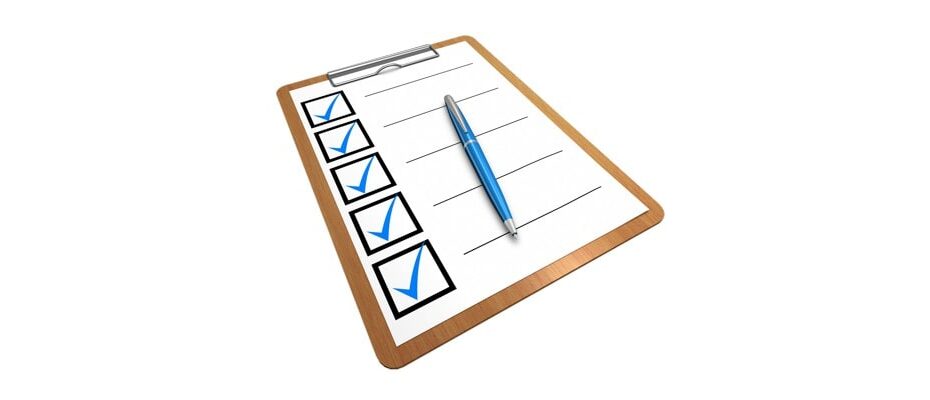Checklists are a tool helping to avoid mishaps and even major disasters, not only in the professional area. We have already written about their numerous advantages in the event manager’s work. In today’s post, we will try to summarize how to construct an optimal tool for yourself and what elements can be included in the standard checklist of the event organizer.
First of all: identify processes
Checklists contain the most important elements of standard processes. Remember that these are not lists of actions to do (to-do lists), although often its elements will be identical to those contained in the task lists.
In the case of the event management process, the checklist will contain standard steps that can’t be forgotten. So, identify the processes without which your event simply will not take place, e.g.
- budget planning;
- selection and reservation of the venue;
- planned course of the event (training, conference or workshop program);
- invitation of lecturers;
- involvement of sponsors;
- promotional and marketing activities;
- catering;
- volunteers engagement;
- registration of attendees;
- thanks for participating in the event.
Second, point to what, who and when
Then think about when and what steps you need to take to fit in the planned time period. Consider how much time you need to complete individual processes and place them on your checklist in advance. Think about who can do which tasks – don’t be afraid to delegate. The sooner you delegate tasks to your colleagues, the better.
Start: about 12 months before the event
Each time, start planning your event well in advance to give yourself enough time to organize everything. The following challenges should appear on your checklist in this section:
- event plan: defining the topic, purpose and recipients of your event (What and for whom do I want to organize?);
- date and place: an indication of the approximate date and preferred place where the events would take place (Where and when could my event take place?);
- resources: estimation of resources needed – how many people and what competences must be involved in the project (Who will I need to organize the event efficiently?);
- sponsors: an indication of potential sponsors (Do I need sponsors, and if so, who are they?);
- promotion: creating an outline of the promotional plan (How will I promote the event and encourage participants to participate in it?);
- budget: estimation of the initial budget (How much will it cost?).
***
Working out the above assumptions doesn’t mean that they all have to be 100% implemented. However, this is a moment that will be a reference point for you – during the months preceding events, a lot may happen and you’ll need to make minor or major adjustments. However, it is always good to have a clearly defined goal and outlined plan for its implementation.
Time never stands still. See how your checklist will evolve with the progress of work on the organization of your event: The power of a checklist (part 3) – from the idea to its implementation.







